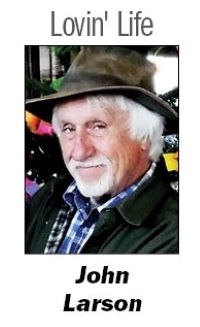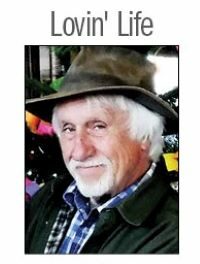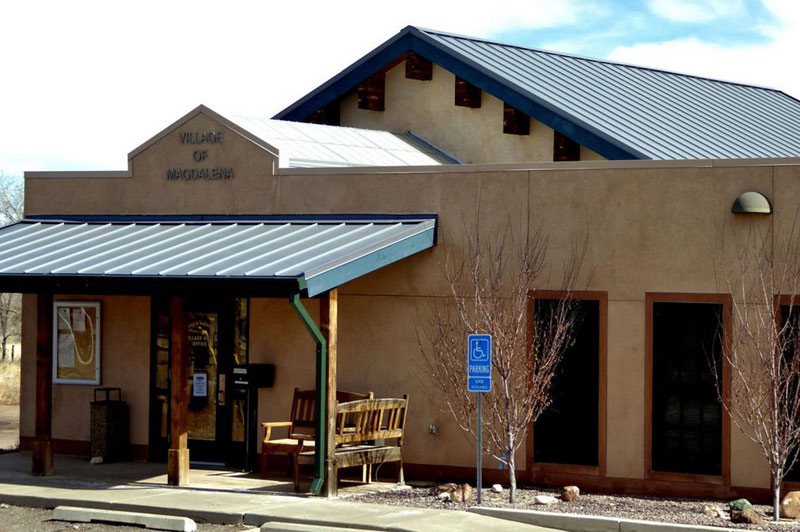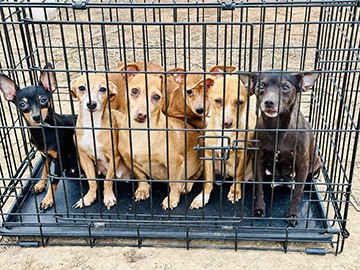
With the approach of Veterans Day, I finally got around to streaming the World War I movie “1917,” which came out a few years ago. It was pretty good, and it got me in the mood to dig out some other ones in my DVD library.
I saw an article in Forbes that listed movies to watch for Veterans Day and, not surprisingly, included the usual suspects: Saving Private Ryan, Full Metal Jacket, Patton, and the above-mentioned 1917, your basic war films, but none on that list were specifically about vets after discharge. My vote in that category goes to 1946’s The Best Years of Our Lives, which follows three service members from different branches trying to readjust to civilian life. It was Best Picture that year, in addition to winning six other Oscars.
I confess to having an affinity for the ones that were made as the Second World War was still being fought; that period when Americans made no bones about coming together to support the war effort. If you want a dose of patriotism and get a raw taste of how Hollywood was behind the war effort and our troops overseas, check out movies like Bataan, Thirty Seconds Over Tokyo, Casablanca, Gung Ho, Hollywood Canteen, Action in the North Atlantic or God Is My Co-Pilot. And that’s just the tip of the cinematic duffel bag.
One such in the flag-waving propaganda genre is the 1942 B-movie Private Buckaroo, with Harry James, the Andrews Sisters, and pre-Stooge Shemp Howard. A comedy with lots of singing and jumpin’ and jivin’, it was produced to boost the morale of Americans, especially those lining up to enlist, being released just a few months after Pearl Harbor.
Granted, some of the appellations for our enemies in those films are no doubt cringe-worthy to us today, but judging a movie’s dialogue some 80-odd years later, using today’s inoffensive correctness as an assessment, is like trying to compare a Model T to a self-driving Tesla. Looking back, in times of war, we have unabashedly used derogatory slurs for the enemy (who may be shooting or shelling you) as opposed to the non-combatant citizenry of that country. It’s the way it was, and I doubt if those attitudes will ever change.
The observance of Veterans Day – a legal holiday since 1938 – is coming up this Saturday at Isidro Baca Park. The gathering is, as usual, between the pyramid and the Vietnam monument on the 11th hour of the 11th day in the 11th month, emulating the date and time “The Great War” ended in 1918 when Germany signed the Armistice of Compiegne with the allied nations. Originally honoring WW I vets, nowadays it serves to recognize all U.S. military veterans.
If I may, my mother used to tell me she remembered, as a little girl on the farm, my grandfather running outside and shooting off his shotgun when he got the news. Since that was two years before the first radio station signed on the air, she wasn’t sure how they got the news. It was possibly a newspaper or a telephone call, but it may have been neighbor Bernie Thigpen shouting as he passed the house in his Model T.
But I digress.
On the pyramid at Isidro Baca Park is a brass plaque with the names of the six young soldiers from Socorro who died in Vietnam. Across the way, on the monument, are the names of New Mexicans who were killed in action, missing in action, or taken as prisoners of war in Vietnam. All 399 names – from Delbert Abeyta to Juan Zamora – are engraved in the four polished marble slabs, much like a smaller version of the Vietnam Veterans Memorial in Washington, D.C.
That being said, it’s important to remember that Veterans Day differs from Memorial Day in that all Americans who were in the military are honored, and rightfully so. We’re talking here about every man and woman who served, and whether they were drafted or enlisted makes no difference. This also goes for those who have served in peacetime or were in the Guard and Reserves.
So yes, Elvis was a vet. Jimi, too.
See if you can spare a few minutes or so to attend the observance this Saturday morning at 11, and if you notice someone wearing a veteran’s cap or some other indication of their service, like on a jacket or a pin, keep in mind that a part of their life was dedicated solely to protecting our nation.
And lest you forget, while you’re sitting there safe and sound and free reading this, Americans in uniform are serving at duty stations on posts and bases and ships around the nation and the world.
As the song goes, “Bless ‘em all, the long and the short and the tall…”



















